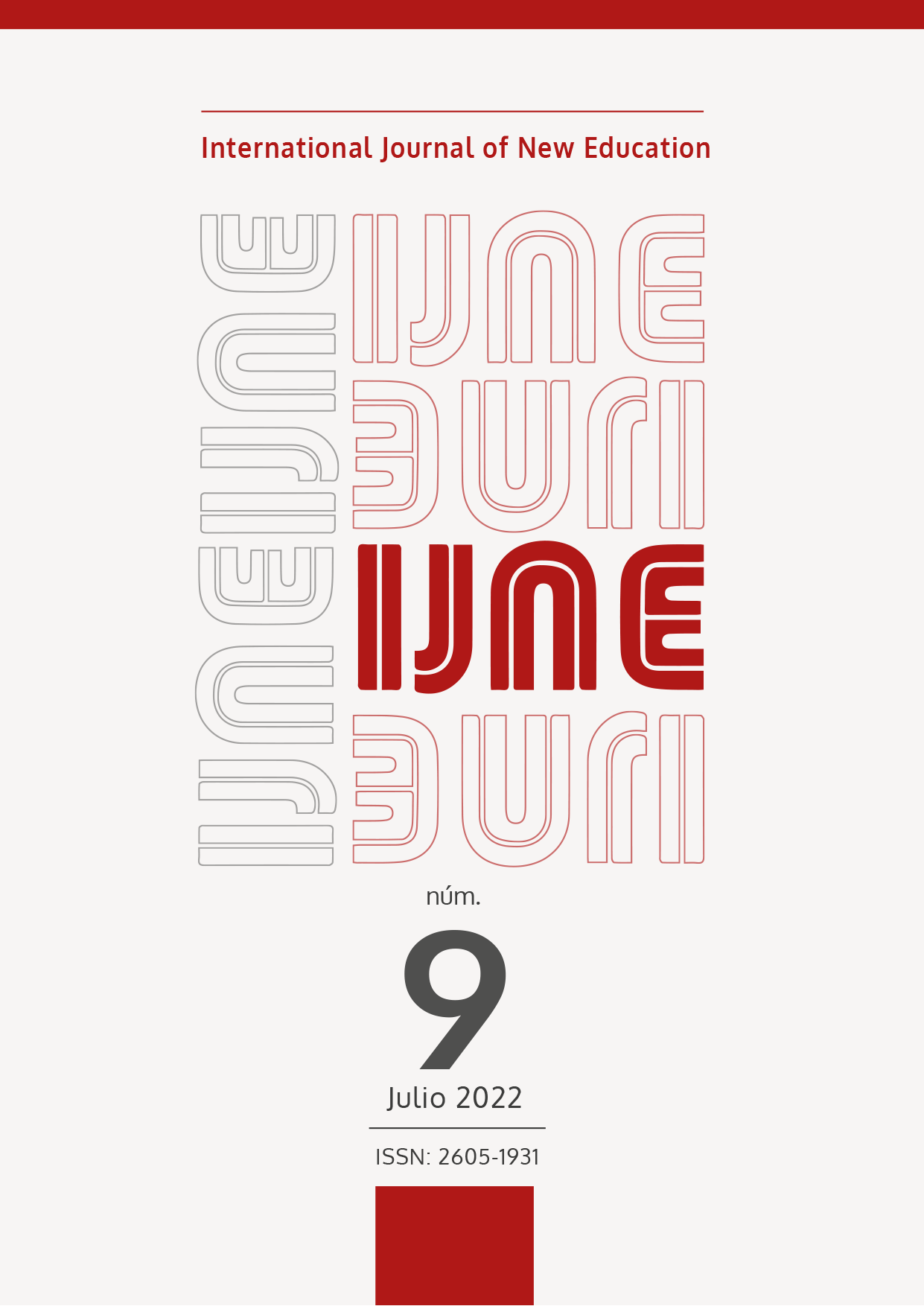Allan Schoenfeld's solution strategies and the solution of mathematical problems of high cognitive demand in fourth year secondary school students in a school located in the Magdalena del Mar district of Metropolitan Lima.
DOI:
https://doi.org/10.24310/IJNE.9.2022.14094Keywords:
High cognitive demand, Context testing, Heuristic strategiesAbstract
The present study is framed in the use of Allan Schoenfeld's Solution Strategies for the solution of mathematical problems of high cognitive demand. The type of research was descriptive correlational with a pre-experimental longitudinal design. The population consisted of 70 students between two sections of fourth year of high school in a school located in Metropolitan Lima, which was taken in its entirety. Regarding the techniques, the survey was used and the instruments used were one to collect sociodemographic data such as the personal, family, socioeconomic and academic performance situation of each of the students who make up the study population. A Test of Previous Knowledge in mathematical concepts, the Contextual Problems Test based on the Pisa test applied years ago, which seeks to measure the solution strategies used in the solution of these problems, and an instrument to collect the students' evaluation of the heuristic strategies. The instruments were validated through expert judgment and an Osterlind index of 0.75 was obtained. In terms of reliability, they had a Cronbach's alpha above 0.80 for each. The results showed that after the pedagogical intervention, the students improved their performance in terms of their ability to solve mathematical problems and proved the hypothesis that there is a relationship between the solving strategies according to Allan Schoenfeld's proposal and the solution of mathematical problems of high cognitive demand.
Downloads
Metrics
Publication Facts
Reviewer profiles N/A
Author statements
Indexed in
-
—
- Academic society
- N/A
- Publisher
- Universidad de Málaga
References
Downloads
Published
How to Cite
Issue
Section
License
Las obras se publican en edición electrónica bajo una licencia Creative Commons Reconocimiento-NoComercial 4.0 España: se pueden copiar, usar, difundir, transmitir y exponer públicamente, siempre que:
a) Se cite la autoría y la fuente original de su publicación (revista,
editorial y URL de la obra.
b) No se usen para fines comerciales.
c) Se mencione la existencia y especificaciones de esta licencia de uso.
Será responsabilidad exclusiva de los autores obtener los permisos necesarios de las imágenes que estén sujetas a derechos de autor.










16.png)
